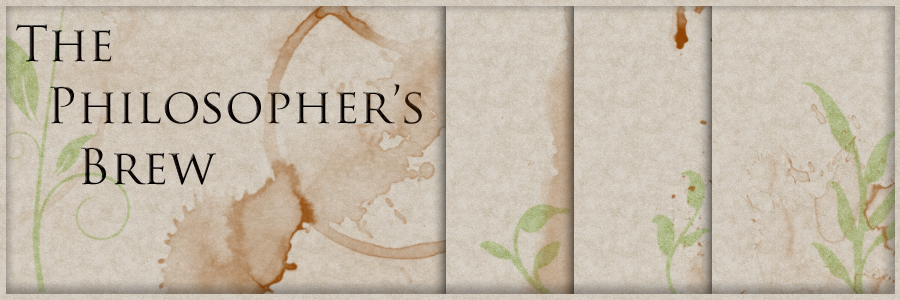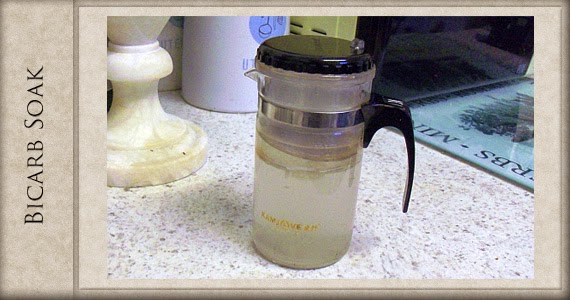Sometimes you feel you have to air an opinion that will divide
people’s opinion of you: either as someone they might agree or if
not agree then debate with or, in this case, as the muddleheaded
product of infantile and meaningless philosophy. But what the hell?!
It is my blog and mine to do with as I please – so I shall set my
pigeon among the cats...it shall either fly, get gobbled up, or
perhaps simply be ignored.
There is a lot of wordage on the internet now over Sam Harris’
Moral Landscape Challenge – which is not surprising and this was
surely the point of the exercise. With this simple and inexpensive
gauntlet, Harris has purchased for himself and his book the sort of
publicity that might have cost ten times the $2000 prize he had
offered. It was a smart move on his part.
To be honest, I was not impressed with the book at all, any more
than by his presentations that I watched on YouTube after reading it.
It seemed all over the place, poorly structured and frankly, a bit of
an anti-climax. My impression of the man was, I regret, of one who
indulges in disingenuous dismissal, while neglecting the giants to
waste time tilting at windmills.
Perhaps I’m overreacting but it it difficult not to react to so
much hubris and arrogance, insulting more cautious minds while
advocating torture and condemning opponents as stupid, all with the
self assured manner of a cleric preaching to a congregation. As an
atheist it troubles me that the likes of Sam Harris and Richard
Dawkins are being seen by the public as the de facto
representatives of atheists and the atheist movement – something
that I suspect many religious apologists might welcome and encourage.
But of course, they don’t represent me, nor a great many other
advocates atheism.
It was no surprise to me when I read The Moral Landscape to find
that it endorsed a form of utilitarianism. There is little that is
original or exciting about Harris’ account of morality – save
perhaps one element: his understated and under-defended response to
Hume. His analytical response to the is/ought gap is something that I
have some sympathy for and I suspect that something along those lines
is going to be important to any coherent moral theory. But his answer
is to say that we can only meaningfully value well-being as basic,
dismissing any other suggestion as stupidity. From this he just
assumes utilitarianism, taking the goal of moral action to be the
maximum aggregate of well-being in conscious creatures. But like
other utilitarians before him, I think that he has missed the target.
Well-being has much in common with other utilitarian goals, such
as happiness, and pleasure. Unlike physical commodities, they are
nothing without the people who experience them. If there are no
people, there will still be gold and rice, albeit without their value
- but there will be no well-being, not even the idea of it.
Well-being only exists and can only intelligibly have value in the
context of those who can be in a state of well-being.
I cannot meaningfully be asked to value well-being purely in and
of itself because purely in and of itself it is nothing.
Utilitarianism can however try to ask me to value the well-being of
myself and of other people, which suggests a question: why
should I value
the well-being of other people, or
even of myself?
Harris might want to dismiss the question as meaningless (what
else would I value as basic to morality?!)
but that move would be difficult to defend as the question has a
simple and obvious answer: because I value those people. What
is basic to my morality is not valuing well-being somehow abstracted,
but simply valuing people – the rest, their well-being, and their
happiness, I value as a consequent.
On the other hand, Harris would have us value people based upon
their utility for impersonally bringing about well-being and so he
can indeed advocate torture with the ease that I cannot. Or to put it
in Kantian terms, where I would value persons as ends in themselves,
utilitarianism values them as means to an end.
Of course, making people (or subjects of experience, if we are to
take a broader approach) basic to morality is not without its own
limitations. But I think that the dream of such clearly guided
decision making, with calculably right answers is the pipe dream of
the utopian and one with its own sharp limits that get glossed over.
Harris actually acknowledges some of the challenges and
limitations proposed by opponents of utilitarianism but does little
to address them. One of these is the limit of our knowledge of
consequences. Let’s allow Harris all other objections for a moment
and consider the moral principle: Right action is that which will
maximise the aggregate well-being in conscious creatures.
Our problem is that in practice, we cannot know what this will be
– we simply cannot know all the consequences of an action over
time, not of the one we might choose, nor of any alternatives we
might consider. We could reply by saying that we can form an educated
opinion as to what that action might be. However, we should note
immediately that this requires we relativize the principle thus:
Right action is that which the agent honestly believes, within
the limits of his/her knowledge, understanding, and reasoning, to be
that which will maximise the aggregate of well-being in conscious
creatures.
This is still not enough. The point of the limit is that we cannot
know all the consequences and so the answer, while it may in truth
exist, is actually irrelevant to us. We might reply to this by saying
that while we cannot know all the consequences, we can form an
educated opinion as to what at least some of them may be over
a limited period of time. This requires that we further relativize
the principle thus: Right action is that which the agent honestly
believes, within the limits of his/her knowledge, understanding, and
reasoning, to be that which will maximise the aggregate of well-being
of conscious creatures at a point of time that he/she honestly
honestly believes, within the limits of his/her knowledge,
understanding, reasoning, and imagination (forecasting the future
requires at least some imagination), represents the optimal limits of
his/her foresight (optimal because there must be a point at which our
foresight becomes too unreliable judged against the useful span of
time being considered).
Along with a fuzzy element to utilitarian calculus, this brings
with it a not too subtle shift of focus. The goal of morality cannot
be the actual maximum aggregate of well-being as we cannot know how
to go about it: the answer is both unknowable and thus irrelevant to
us. The focus of moral thought becomes the agent’s desire to
maximise well-being in the world within the limited scope of his/her
knowledge, understanding, and reasoning on at least two different
levels. This does not rule out the role of science that Harris
desires but it does change how we must judge actions. An action is
not right or wrong universally but only so relative to the agent
taking it – we cannot judge another’s actions wrong because in
their shoes we would have known better and acted differently because
we weren’t in their shoes and it is not on our understanding that
the rightness of the action is to be judged.
Some terrorists may be so subjected to indoctrination that their
reasoning is so impaired and their understanding so curtailed, that
they may honestly believe within the principle given, that the right
thing to do will be to bomb a public building full of civilians. We
cannot judge that action wrong according to our understanding – it
isn’t a choice that we are making. We may have to judge the action
right for them, though equally we can still call it
right for us to try and prevent that action, which is our
choice to make and be judged by.
Of course, a limit of utilitarianism is not necessarily a
criticism of it but then sauce for the goose, as they say...so I
offer this by way of illustration in case you are tempted to cry
limits to my gander.
And the future of this book? Well, as a work of philosophy, it
doesn’t hold a candle to some other, better written, better
informed, and more carefully considered works of utilitarian thought.
As a work of popular science it doesn’t really work either – it
isn’t really science: it’s substance consists of a poorly argued
philosophical assertion as to what morality is, followed by the
assertion that science can do a good job of informing it, something
ethicists have been asserting for a long, long, time before Harris.
It is certainly written to be a popular book though, and for an
audience who want morality without religion but who also want it free
of philosophy. To be very cynical – an audience that still wants
its morality fed to it but from a different source that it feels
happier with.

I would love to say that the ideas in
this book will die away but they are not new ideas, they are dressed
in modern language with a few new tricks of neuroscience in the mix
but what we have here is still mutton dressed as lamb. It is tough
and enduring. I would also love to say that such an impersonal and
potentially totalitarian ethic will not gain purchase in society –
but then, the impersonal and totalitarian ethics of some
fundamentalist religions do just fine. Ethics like these promise what
a lot of people want: clear instruction on how to live, meaning less
responsibility in deciding how they should live, and a principle that
is easier to care about than people (because caring about people
really can be very, very hard).






































